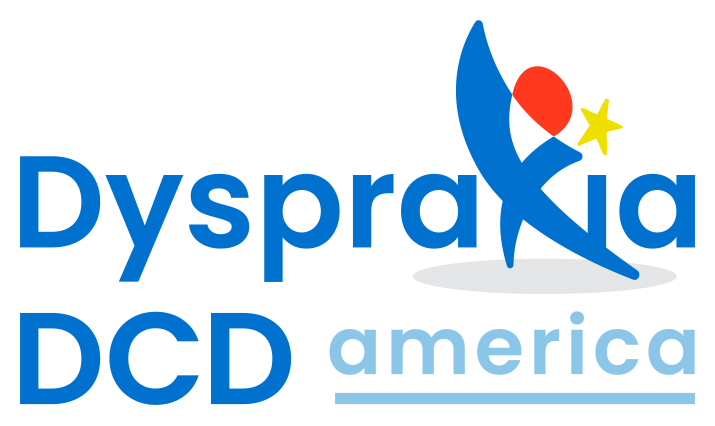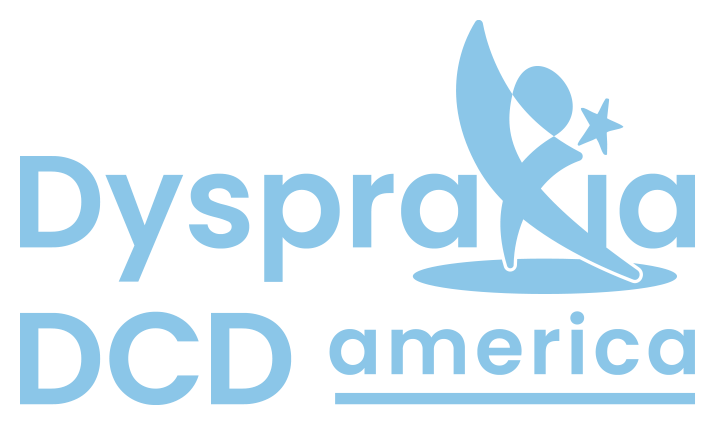individual’s chronological age and opportunity for skill learning and use. Difficulties are manifested as
clumsiness (e.g., dropping or bumping into objects) as well as slowness and inaccuracy of performance of
motor skills (e.g., catching an object, using scissors or cutlery, handwriting, riding a bike, or participating in
sports).
B. The motor skills deficit in Criterion A significantly and persistently interferes with activities of daily living
appropriate to chronological age (e.g., self-care and self-maintenance) and impacts academic/school
productivity, prevocational and vocational activities, leisure, and play.
C. Onset of symptoms is in the early developmental period.
D. The motor skills deficits are not better explained by intellectual disability (intellectual developmental disorder)
or visual impairment and are not attributable to a neurological condition affecting movement (e.g., cerebral
palsy, muscular dystrophy, degenerative disorder).
Reprinted with permission from the Diagnostic and Statistical Manual of Mental Disorders, Fifth Edition, (Copyright 2013). American Psychiatric Association.
Diagnostic Requirements
- Significant delay in the acquisition of gross or fine motor skills and impairment in the execution of coordinated motor skills manifesting as clumsiness, slowness, or inaccuracy of motor performance.
- Coordinated motor skills are markedly below that expected on the basis of age.
- Onset of coordinated motor skill difficulties occurs during the developmental period and is typically apparent from early childhood.
- Coordinated motor skill difficulties cause significant and persistent limitations in activities of daily living, school, work, vocation and leisure activities, or other important areas of functioning.
- Difficulties with coordinated motor skills are not better accounted for by a Disease of the Nervous System Disease of the Musculoskeletal System or Connective Tissue, sensory impairment, or a Disorder of Intellectual Development.
World Health Organization (2019). 6A04 Developmental motor coordination disorder. In International statistical classification of diseases and related health problems (11th ed.).


